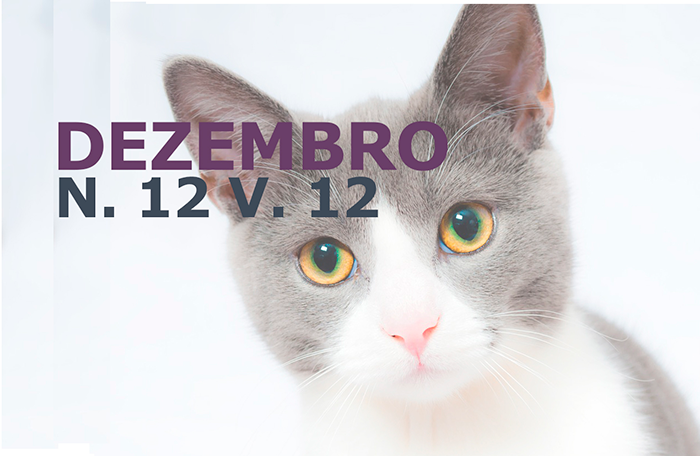Pythium insidiosum in equine: Case report
DOI:
https://doi.org/10.31533/pubvet.v12n12a223.1-6Keywords:
horse, fungus, therapy, vaccineAbstract
Pythiosis is a chronic granulomatous condition affecting horses and other species such as dogs, cattle, goats, cats, wild animals and humans. It occurs in regions with tropical, subtropical or temperate climates, and in areas with accumulated water, bathed and lagoons. Brazil is among tropical countries as an endemic site of equine pythose.The etiologic agent in mammals is an oomycete of the Kingdom Stramenopila, Phylum Oomycota, Class Oomycetes, Order Pythiales, Family Pythiaceae, Genus Pythium, Species Pythium insidiosum. It is a parasite of aquatic plants, which through asexual reproduction produces zoospores that can infect animals. It causes great damages in the echinoculture and the prognosis of the disease depends on the extension of the lesions and compromise of structures such as tendons, joints and bone tissues. It is a disease that causes an infectious picture in the skin and subcutaneous region, however can present systemic picture, pulmonary, gastrointestinal, ocular, among others. The disease in horses characterized by eosinophilic granuloma formation with presence of necrotic masses called "kunkers". The “kunkers” present histologically as eosinophilic concretions of varied size, circular shape, irregular contours, composed of hyphae, collagen, arterioles and inflammatory cells. Many protocols for treatment have been used: chemical (antifungals), surgical and immunotherapy. The most appropriate treatment for pythiosis in horses is the surgical removal of granuloma combined with immunotherapy. However, the treatment is complicated by the unique characteristics of the agent that differs from the true fungi in the production of motile zoospores and in the composition of their cell wall. True fungi possess chitin in their wall, while Pythium contains cellulose and β-glucans, which makes it difficult to penetrate the drugs. In this work, it is proposed to report a case of pythiosis diagnosed in an equine attended at the Hospital of Veterinary Clinics (HCV) of UFRGS (Federal University of Rio Grande do Sul). A long and expensive treatment with complications and adverse reactions at the immunotherapeutic site was observed. However, the therapy was efficient in reducing the lesion, improving the infections condition of the skin and subcutaneous region.
Downloads
Published
Issue
Section
License
Copyright (c) 2018 Débora Zaro, Cristine Bitencourt Redivo, Bárbara Alibio Moraes, Flávia Umpierre Bueno, Carlos Afonso de Castro Beck, André Luiz de Araújo Rocha

This work is licensed under a Creative Commons Attribution 4.0 International License.
Você tem o direito de:
Compartilhar — copiar e redistribuir o material em qualquer suporte ou formato
Adaptar — remixar, transformar, e criar a partir do material para qualquer fim, mesmo que comercial.
O licenciante não pode revogar estes direitos desde que você respeite os termos da licença. De acordo com os termos seguintes:
Atribuição
— Você deve dar o crédito apropriado, prover um link para a licença e indicar se mudanças foram feitas. Você deve fazê-lo em qualquer circunstância razoável, mas de nenhuma maneira que sugira que o licenciante apoia você ou o seu uso. Sem restrições adicionais
— Você não pode aplicar termos jurídicos ou medidas de caráter tecnológico que restrinjam legalmente outros de fazerem algo que a licença permita.





